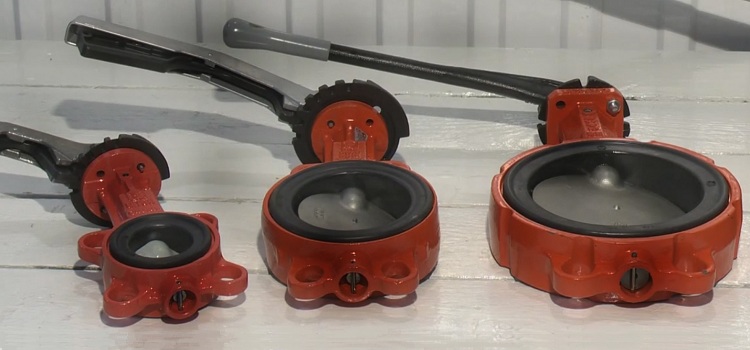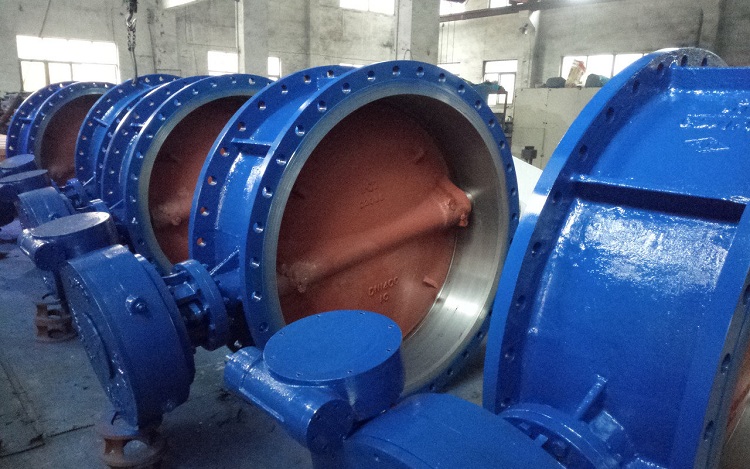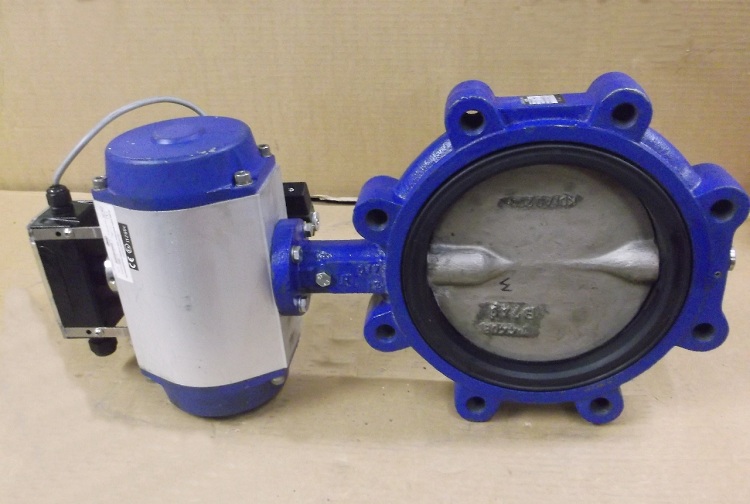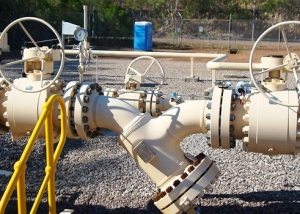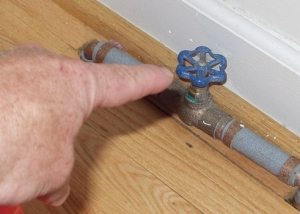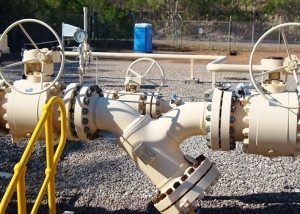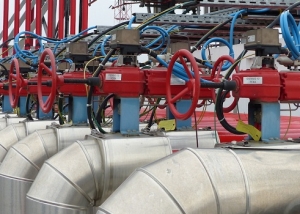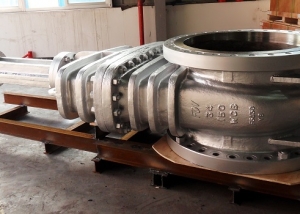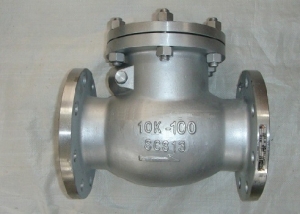A butterfly valve is a device that is used as a locking element. The main structural element is the disk, which carries out axial rotation. It can be at different angles to the direction of movement of the fluid or other medium. Butterfly valve is an alternative to cranes and valves, which have the worst quality characteristics.
Content
Key Features
The materials from which these devices are made are quite diverse. Cast iron butterfly valves are made of cast iron alloy, which includes spherical graphite. Steel models can be made of carbon, stainless, low alloy and other types of steel. In addition, there are models made of polymers and various non-ferrous metals. But in almost any such model, a cast-iron or steel disk is installed.
Rotary butterfly valves for aggressive environments are usually made of stainless steel. This type of material has higher quality characteristics.
The technical parameters of such valves are as follows:
- The diameter of the passage for such devices is from 40 to 400 mm.
- The indicator of working pressure ranges from 6 to 100 kgf / cm².
- They can operate at ambient temperatures - from -40 ° C to +550 ° C.
- They can have any type of drive, depending on the application.
- The mass and dimensions of the devices are 2-5 times less than for ball valves.
- They have general ergonomic requirements according to GOST 12.2.049.
- Serve up to 15 years.
The weight and dimensions of some butterfly valves are presented in the table.
Table 1
| Remote control | Length (mm) | Weight, kg) |
| 250 | 70 | 16,6 |
| 200 | 65 | 12,55 |
| 150 | 58 | 7,07 |
| 125 | 58 | 5,57 |
| 100 | 58 | 4,77 |
| 80 | 52 | 3,63 |
| 65 | 51 | 2,83 |
| 50 | 45 | 2,63 |
| 40 | 45 | 2,43 |
Advantages and disadvantages of disk type devices
Design advantages include:
- ease of installation;
- have a small indicator of hydraulic resistance;
- can act as regulatory elements;
- have a wide range of sizes and diameters;
- in case of leakage, the sealing element is easy to replace;
- have good heat resistance;
- relatively low cost.
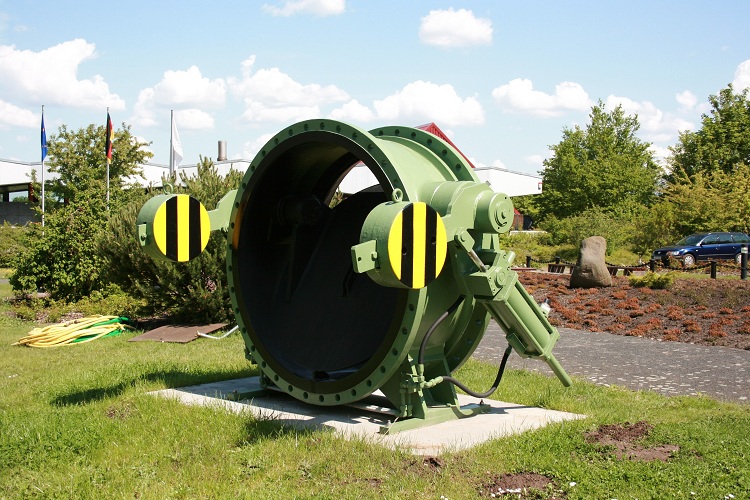
Different types of actuators are installed on the bolts of large diameters, it is impossible to control this device manually
Disadvantages:
- with a manual type of control of a system that has a large diameter, the obligatory rule is to install a gearbox.
- high tightness indicators are only devices with a soft rubber seal. All-metal models do not cope well with shutting off the fluid supply.
- in the case of using the device as a control flap, obtaining throughput characteristics is difficult.
Types of devices
Similar shutters are divided into several types according to different parameters.
1. By type of seals:
- elastic - on the disk or in the case;
- metal.
2. By type of drive:
- hand held;
- pneumohydraulic;
- electric.
3. By type of connection:
- flanged;
- interflange;
- with a branch pipe for welding.
Worth to know! The simplest in terms of control are butterfly valves with a gearbox. They may have different rubber based sealing elements.
Using Disk Shutters
Thanks to the development of the chemical industry over the past few decades, the popularity and demand for rotary devices has grown. The rubber elements present in them are much more leakproof than metal compounds, and in some cases they better tolerate the influence of aggressive chemical media.
Rotary butterfly valves are used in various industries, such as:
- oil industry;
- in heating structures;
- in water supply systems;
- in non-aggressive and aggressive environments (chemical industry).
Due to its compactness, this type of shut-off valve has replaced the more bulky taps and valves. In addition, the devices have the best technical characteristics.
The principle of operation of butterfly valves
Unlike conventional ball-type valves, in which locking is performed by changing the position of the ball element pressed to the saddles, disk devices perform this function by pressing the disk to the saddle at the final turning point. This difference allows you to avoid friction during the turn, which is an indisputable advantage. Friction in such locking elements is present only at the moment of opening and closing the rotary disk shutter.
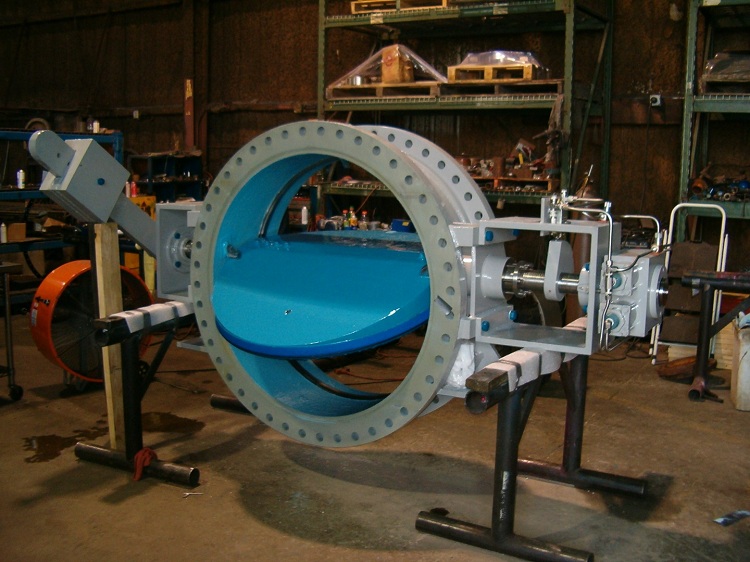
In the design of the shutter, the friction of the locking element is minimized, therefore, such devices last longer than conventional ball valves
In the case of a ball valve, when foreign particles fall on a sphere that overlaps the passage, due to friction, damage to this element can occur and leakage can occur. Disk rotary devices eliminate this possibility. This advantage allows them to carry out their work for a long period without any breakdowns.
Butterfly valves are made of different materials, have different types of seals, as well as a wide selection of sizes and diameters. These devices are used in different enterprises. They have undeniable advantages over obsolete taps and valves, which allows them to occupy a leading position in the market.
